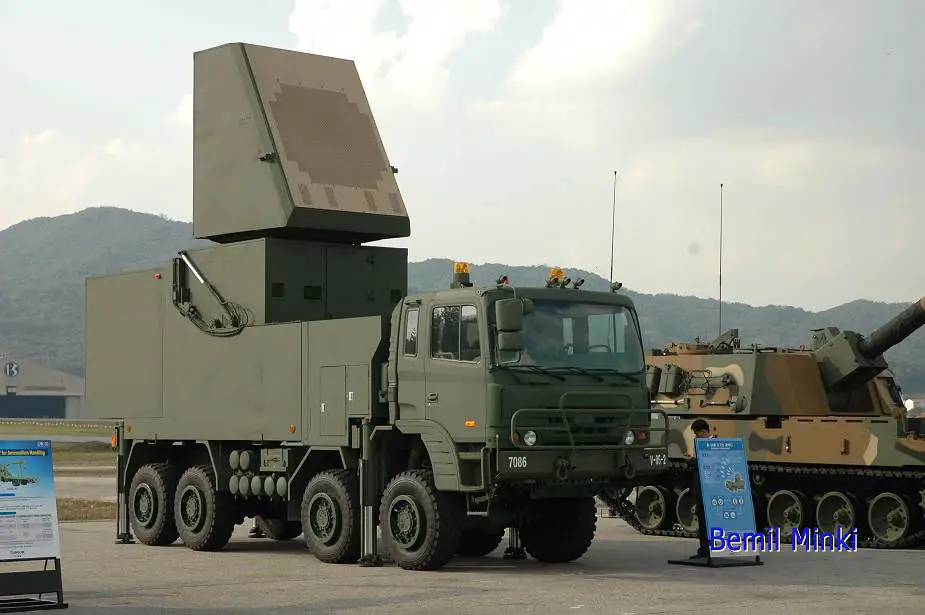The South Korean company Hanwha Systems announced on January 17, 2022, that it has inked a contract with the United Arab Emirates (UAE) to export multi-functional radars (MFRs) for the Cheongung-II medium-range surface-to-air missile (MSAM) systems.
Follow Army Recognition on Google News at this link

Multi-Functional Radar of Cheongung II M-SAM air defense missile system. (Picture source Bemil Minki)
Two days ago, it was announced that United Arab Emirates has signed a preliminary deal with South Korea for the purchase of air defense missile system Cheongung II M-SAM for a total amount of around $3.5 billion. The acquisition of the radar is part of the billion mega-deal signed between the South Korean defense industry and the UAE for exports of the Cheongung air defense missile systems.
The Multi-Functional Radar (MFR) is the eyes of the Cheongung II air defense missile system. It passed a combat readiness test in 2020. Hanwha Systems is planning to mass-produce Cheongung-II MFRs, an upgrade version of Cheongung MFRs, by 2023.
The Cheongung II is a South Korean medium-range surface-to-air defense missile system that was developed by the South Korean Agency for Defense Development (ADD) with technical support from Almaz-Antey and Fakel. According to open source information, the missile of Cheongung II is based on Russian technology from the 9M96 missile used on Russian-made S-350E and S-400 air defense missile systems.
A battery of Cheongung II air defense missile system consists of four to six 8-cell transporter erector launchers (TELs), a passive electronically scanned array (PESA) X-band multi-function phased array 3D radar, and a fire command vehicle.
The MFR is the key sensor for Cheongung System (M-SAM), which performs mid-range, mid-to-low altitude air defense missions. M-SAM MRF is Korea’s first 3-dimensional phased array K-band radar. When conducting Compound Warfare, MFR systems allow for omnidirectional, simultaneous engagements with multiple targets.
In addition, it is the key sensor for Chulmae II PIP, Korea’s core missile defense system, too. Compared with the existing system, detection and tracking function for small-sized, high-speed ballistic missile targets is newly added. Its ballistic missile intercepting tests were successfully completed, which proved the system’s capability for providing protection against ballistic missiles at the re-entry phase.















